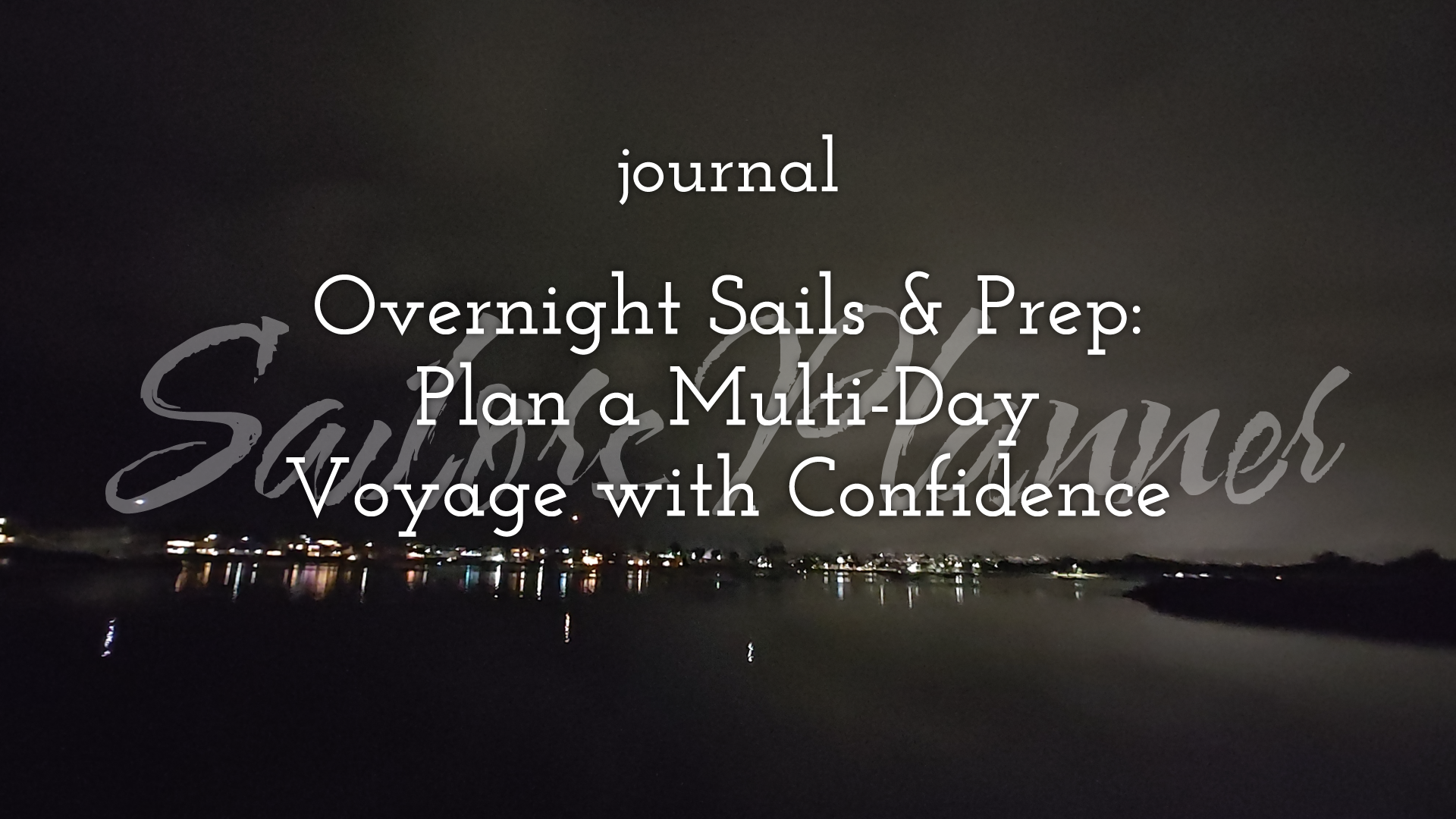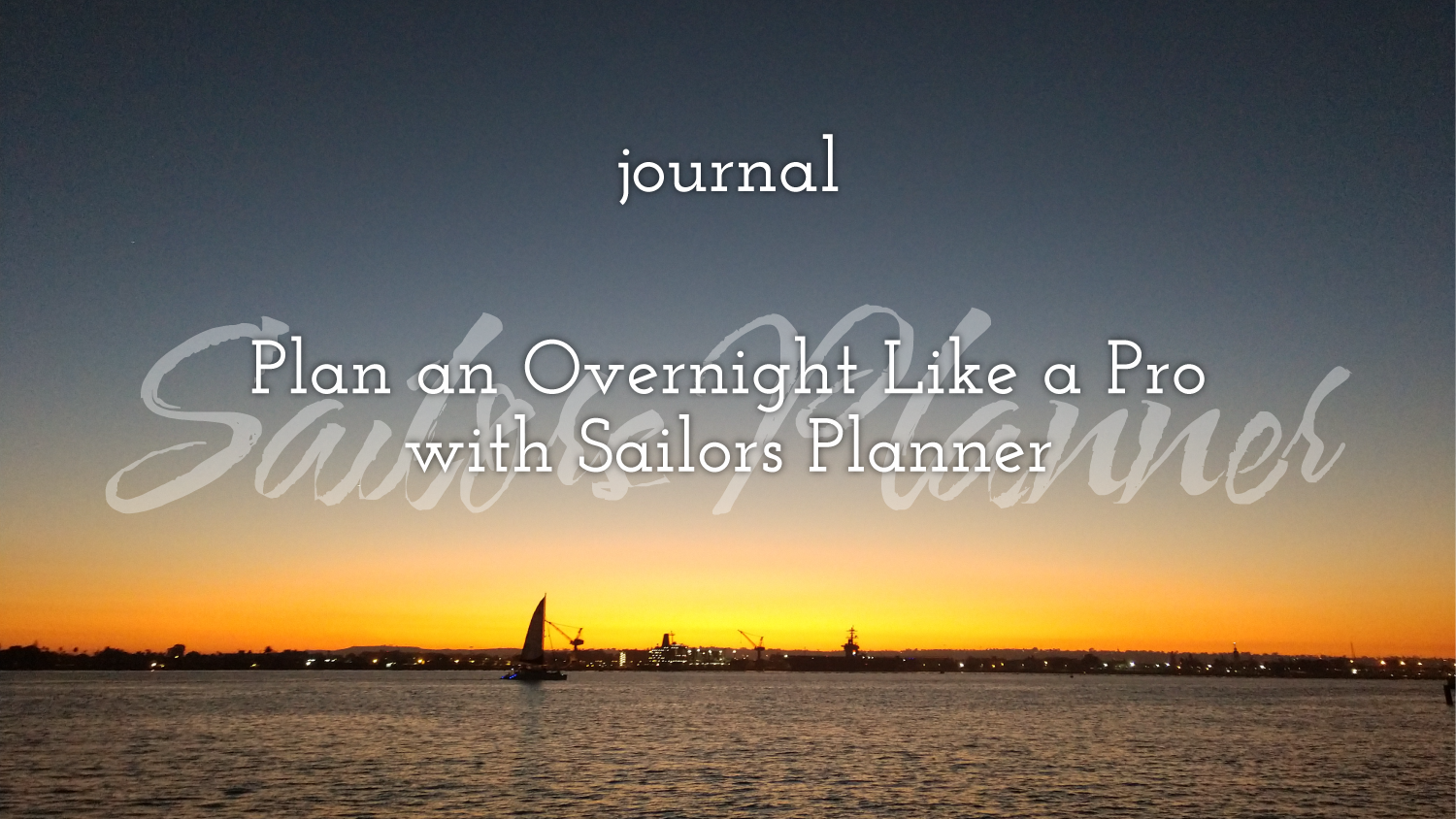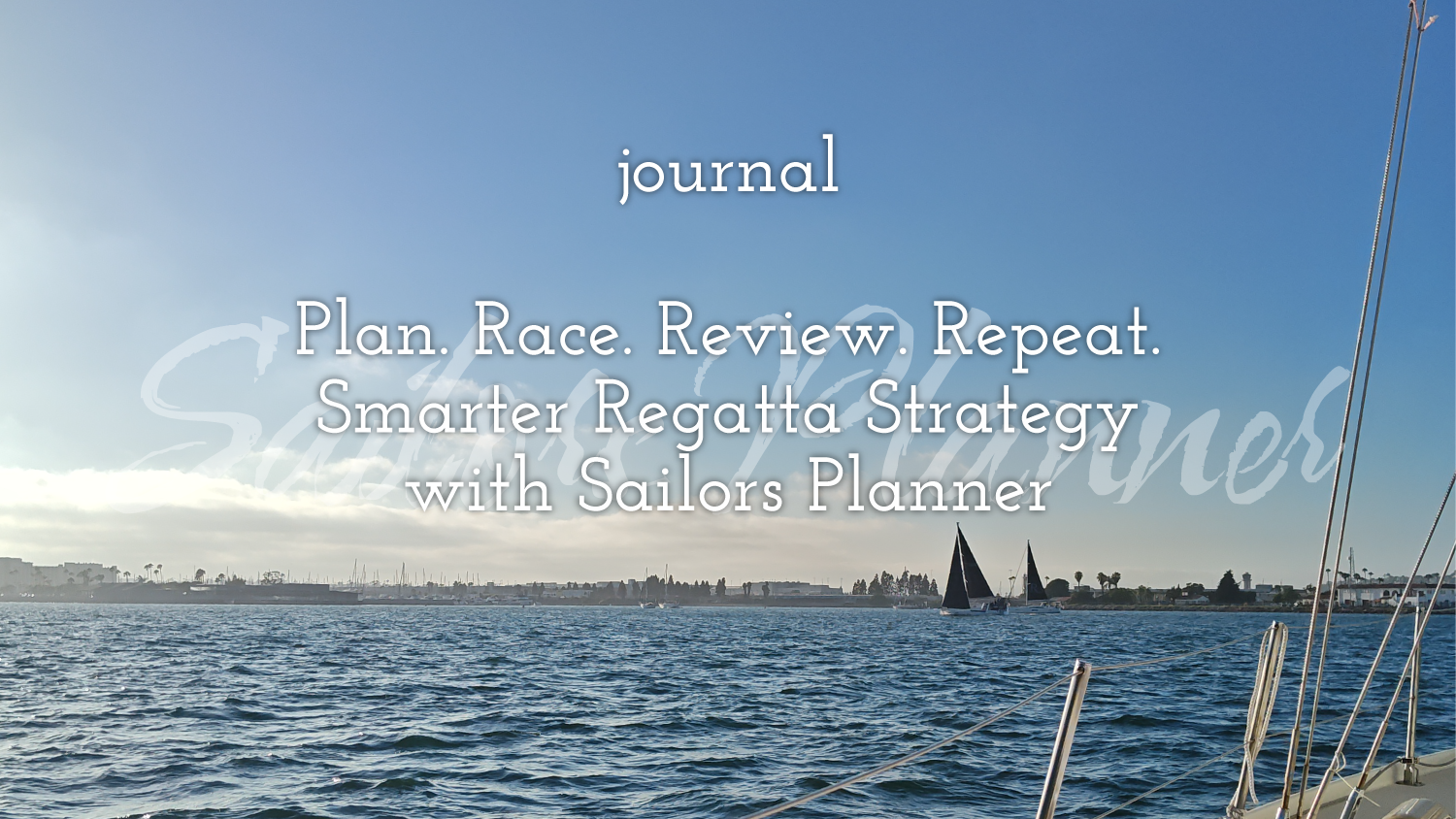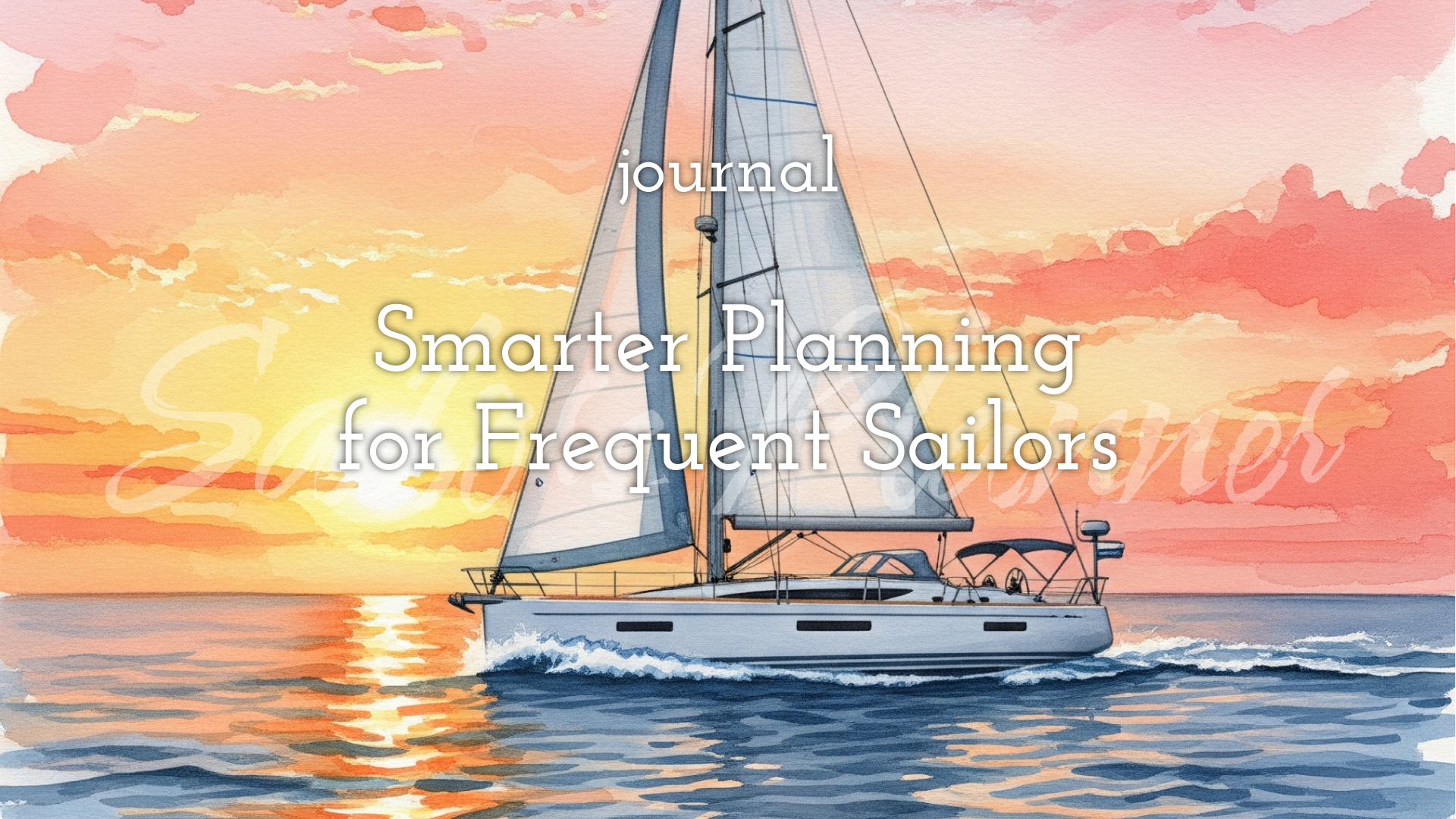
What to Include in Every Float Plan
What to Include in Every Float Plan and Why Life Jackets Belong in the Conversation
Whether you're setting sail for a few hours or several days, one of the most important steps you can take before departure is filing a float plan. It's not just a piece of paperwork ...it's a safety-first, preparedness-forward action that could save your life and the lives of your crew.
At Sailors Planner™ (www.sailorsplanner.com), we believe float planning should be fast, clear, and effective. That's why we built a digital platform that makes it easy to generate and share a comprehensive float plan in minutes ...from desktop or mobile.
But what should go in your float plan? And what role does life jacket readiness play in sailing safety?
Let's break it down.
1. Trip Details
Include basic information like:
- Departure and return dates/times
- Launch location and destination
- Vessel name, type, and registration
- Alternate destinations or ports of refuge
This helps responders know where and when to look in case of emergency.
2. Crew & Passenger Manifest
List everyone onboard, including:
- Full names
- Emergency contacts
- Medical needs or allergies (optional)
- Assigned crew roles (e.g., skipper, navigator, cook)
At Sailors Planner™, you can reuse your frequent crew list across multiple trips ...saving time every time.
3. Route Information & Itinerary
Use waypoints to mark:
- Planned course
- Stops or anchorages
- Return route (if different)
Our interactive map lets you plot your route visually, calculate distances, and view marine weather overlays.
4. Marine Weather Forecasts
A float plan should reflect conditions:
- Wind speed/direction
- Wave height and period
- Tides and currents
Sailors Planner™ automatically pulls real-time NOAA/NWS data based on your departure point and route.
5. Safety Gear Checklist - Starting with Life Jackets
Include a safety checklist and confirm your crew has:
- A properly fitting U.S. Coast Guard-approved life jacket
- Fire extinguishers and flares
- Communication devices (VHF, satellite, phone)
- First aid kit and emergency equipment
Did You Know? According to the U.S. Coast Guard, 83% of boating fatalities in 2022 were not wearing a life jacket. Many of those incidents could have had different outcomes with proper PFD usage.
File a float plan. Wear your life jacket. These are your first two lines of defense.
6. Share with Shoreside Contact
Once your float plan is ready, send it to a reliable contact who knows:
- When to expect your return
- When to raise the alarm if you're overdue
- How to contact emergency services with your float plan info
Sailors Planner™ gives you a secure, sharable link ...perfect for email or messaging.
Final Thought: Plan. Protect. Sail On.
Creating a float plan isn't just smart ...it's responsible.
It keeps your crew connected, your trip predictable, and your emergency preparedness top-tier.
Sailors Planner™ makes it easier than ever to file, share, and update your float plan ...anywhere, anytime with an internet connection.
And don't forget: Life jackets save lives. Wear one. Encourage others to do the same.
Start your float plan today at SailorsPlanner.com
#FloatPlan #LifeJacketReady #SailorsPlanner #SmartSailing #SafeBoating
Sail smarter, sail safer.
Join Sailors Planner™ today and simplify your voyage planning with float plans, crew coordination, forecasts, checklists, and more ...all in one place.
Sign up now and make your next sail smoother and safer.






